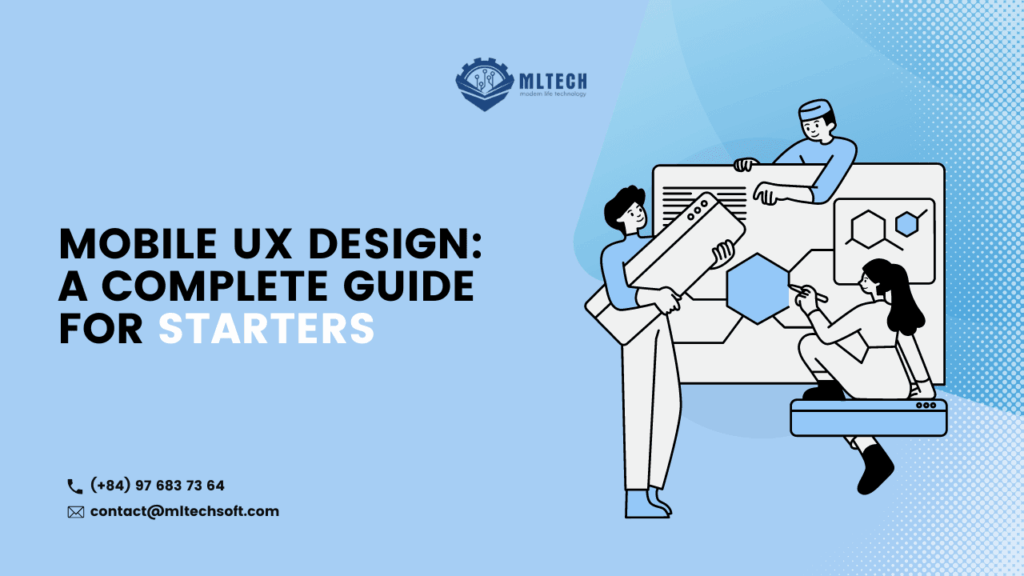The agile estimation method is difficult for all information software development processes. It needs a financial view, projections for the next three months, and the allocation of resources for each iteration.
Influential components of the agile method include cost, timing, return on investment (ROI), profits, and derailment or failing businesses. Understanding the project’s size, length, and cost can help you make strategic decisions that are useful and workable.

Writing software code is a must-do for any experienced developer. Poor agile estimating techniques can sink the whole project and waste resources and effort. So how do you effectively assess size, cost, and duration?
1/ A Generational Difference Between the Agile and Traditional Methods
Agile estimating techniques are different from traditional estimating methods. Therefore, applying these methods to agile project management is inaccurate. The underlying reasons for incompatibility are a lack of expert opinion, flexibility, adaptability, and historical data.
The interactive method makes them easier to understand and works best for any project because it requires quick work and active client participation.

Additionally, agile quoting techniques offer flexibility in each step. Furthermore, they eventually alter the software quote process. Get rid of the people on your team who don’t want to change, and let them adapt to the new situation easily.
These technologies help us adapt to changes and keep projects from going to waste, so we’re always planning and customizing from the top level down to the smaller, more modular parts.
These technologies help us adapt to changes and keep projects from going to waste, so we’re always planning and customizing from the top level down to the smaller, more modular parts.
2/ Estimation Techniques – The Big Cheese Of Agile Projects
2.1/ Expert Judgment—Godfather’s Guidelines
Expert judgment is based on skill, experience, and knowledge, so it is subjective.
For example, the professional judgments of nurses are usually subjective. It depends on the experience and skills of the provider, the availability of medical supplies, and the severity of the patient’s illness or injury.
In the same way, the finance and risk management teams work with the enterprise recovery team on software development projects. Business development teams evaluate requirements by considering qualitative and quantitative factors.

This knowledge comes from project management methods, project team members, stakeholders, consultants, or subject matter experts. Experts believe that this is a critical asset for modern organizations because it fills data gaps and provides information for sound decision-making.
Additionally, this process enables Agile teams to develop threat and risk response strategies. During the agile planning and estimating stages, it is a perfect technique.
2.2/ Planning Poker
A fun and collaborative way to play sprint planning Poker is one of the agile scrum estimation methods for the census. In this activity, the software development team decides how much work, or how much it will cost, each item in the product backlog, story points, or ideal days will take.
One of the least frivolous agile estimating methods, Planning Poker, adheres to the Agile Manifesto through collaboration and interaction in software development.

2.3/ Three-point estimate
The problem with creating and setting estimates before project planning begins is that they need to be more accurate and fixed. Project managers and teams often fall into the “I’ve done this before” mentality and dive into the development process with old estimates.
So the lifeguard introduces his three-point method to her.
As one of the agile estimating methods that conflates subjective and objective elements, he can take advantage of the best of both worlds.
2.4/ Ideal days
The ideal-day technique is the best way to avoid making promises you can’t keep. It outperforms other agile software estimating methods to estimate the number of days the project management team needs to reach the last milestone without interruption or additional on-demand tasks.
The concrete nature of this estimation technique allows the team to estimate the ideal number of days to complete the project, a total of 45 days. And barring any interruptions, such as system failures and bug swarms, the estimated timeline is 15 days.

2.5/ Affinity Mapping
Are you flipping through Google search results pages and back to web pages looking for quotes that can easily support your remote agile team? Your search ends here.
Affinity mapping is the most effective agile estimation technique. It helps Agile teams reach a consensus after a brainstorming session, usability testing, or user research.
This process is also useful if you want to sort and filter a lot of data into a single answer. Most importantly, it can quickly and easily bring many user stories to narrative points and handle large project backlogs.
2.6/ The Bucket System Estimation
Making extensive quotes on Plan Poker is complicated. Don’t worry! Bucket systems are ideal for estimating too many items. Various buckets of relative size are created and placed one after the other. Then, it yields 0, 1, 2, 3, 4, 5, 8, 13, 20, 30, 50, and 100 with a wide range of values.
The estimator places the user’s story from her project backlog into the appropriate bucket. Follow the same exercises throughout.

2.7/ T-shirt Size Method
Ask your Scrum Master to replace the number card with a T-shirt-size card.
This method works well for long-term planning and helps teams get relative estimates for smaller backlogs. It is only an effort estimate based on available information and is primarily used for roadmaps and release planning.
Large backlogs usually require mechanisms similar to affinity mapping or bucket systems. Everyone assigns sizes based on one of hers and finally gets together to sort out disagreements. This strategy allows even small teams to clear critical backlogs.
2.8/ Dot Voting
In agile software development, dot voting is a way to figure out how much work needs to be done and how important each task is. It works well for a small number of user stories.
All user stories are on the Scrum wallboard. Stakeholders vote during Scrum meetings to identify high-priority requirements. After voting, the project owner sorts the product backlog items based on the results.
3/ Wrapping Up
Passionate about bringing teams together to build robust products? MLTech Soft uses an impressive set of simple and agile estimating techniques to ensure good quality, over-budgets, and deadlines!
Bring your vision to life with 100% free project management services because agility is a mindset we adore! Get involved, set deadlines, provide feedback in sprint meetings, and track progress on each task.






